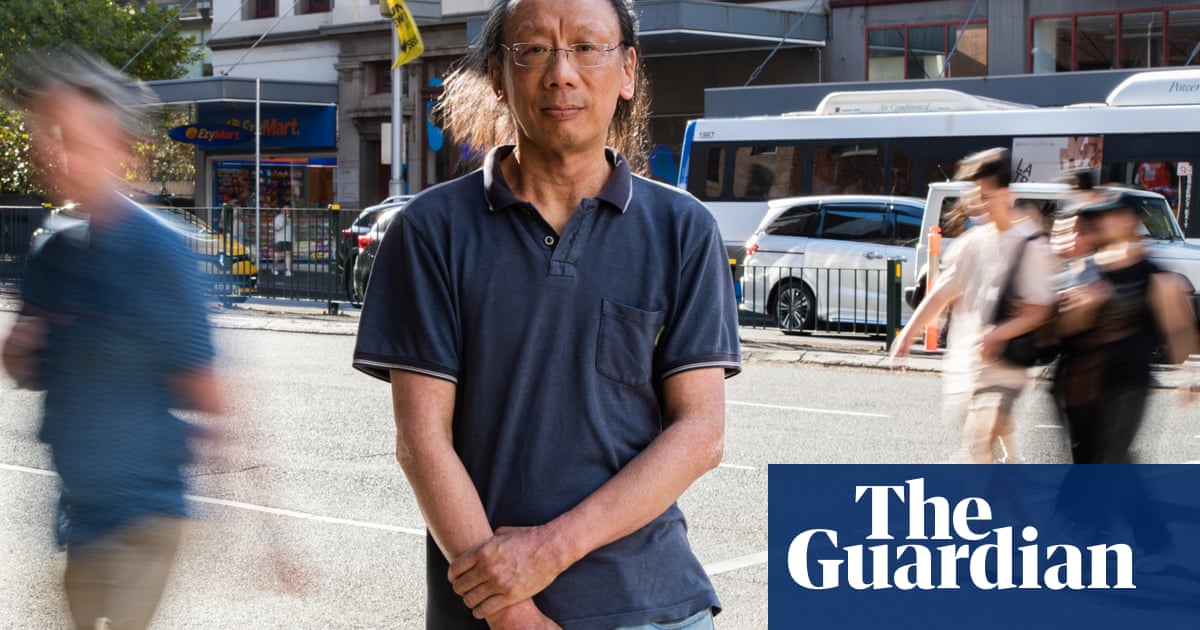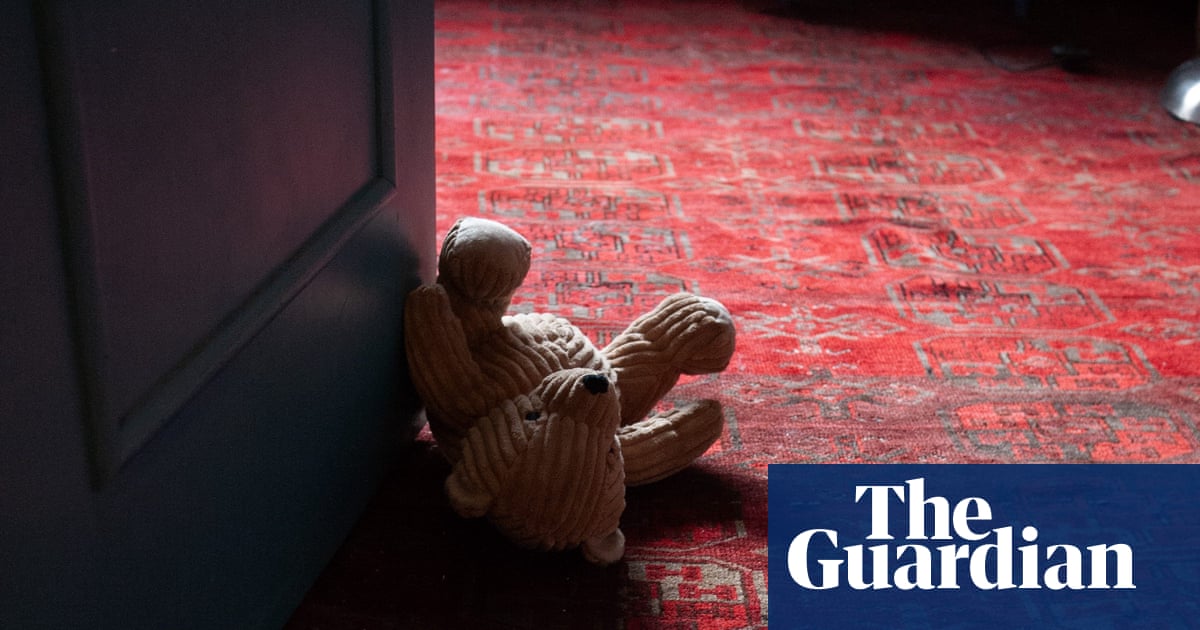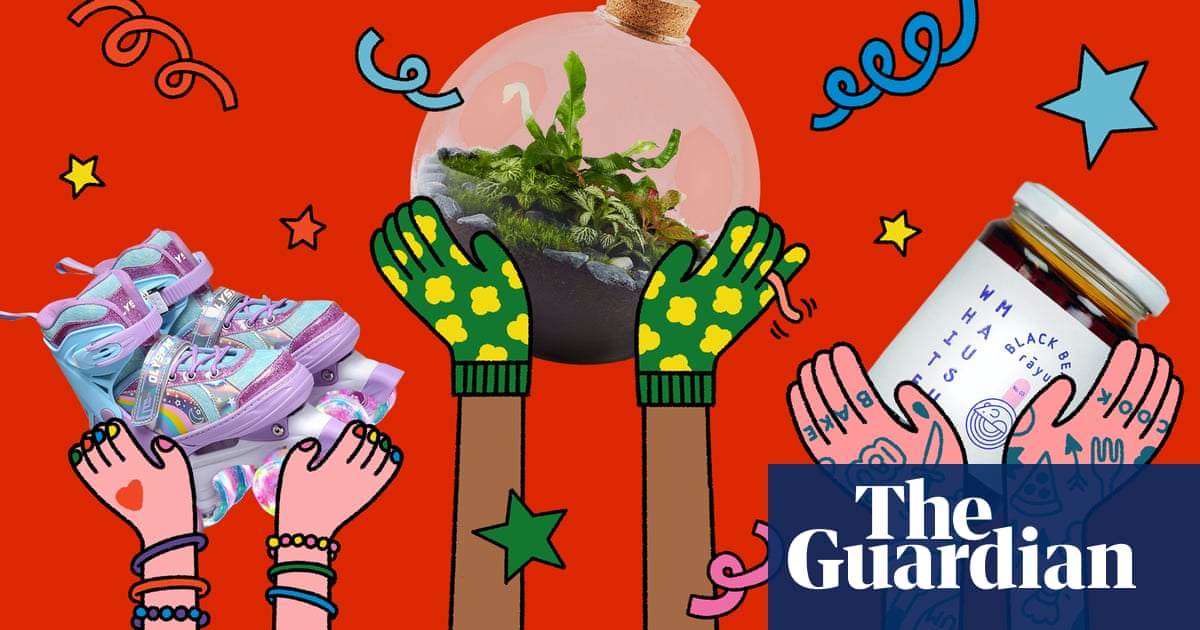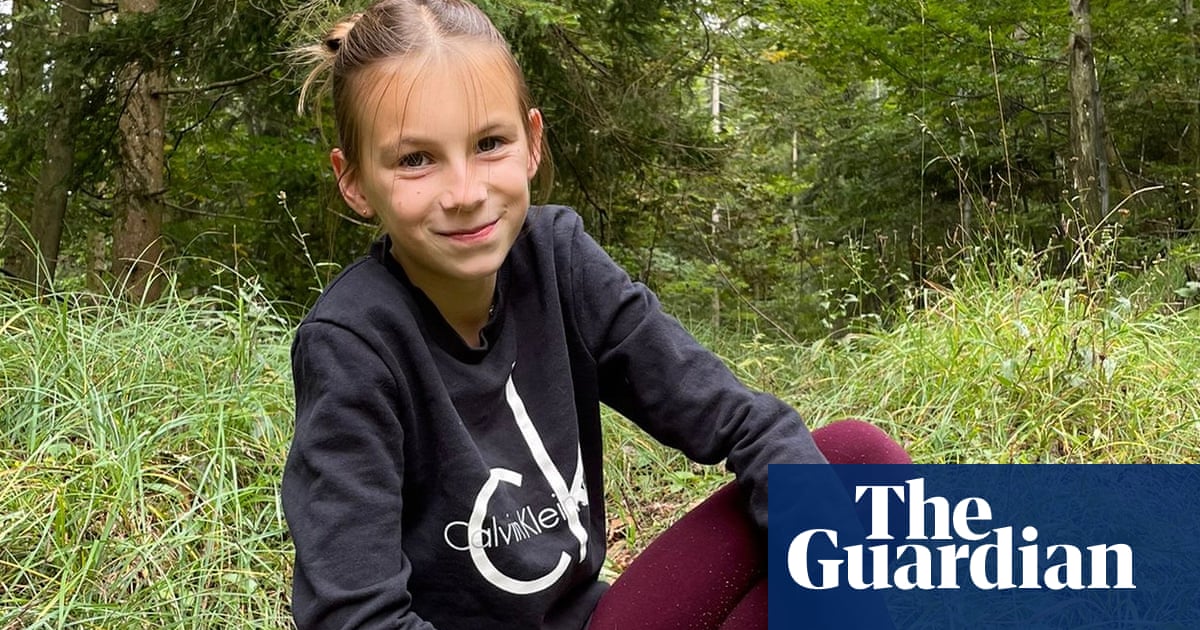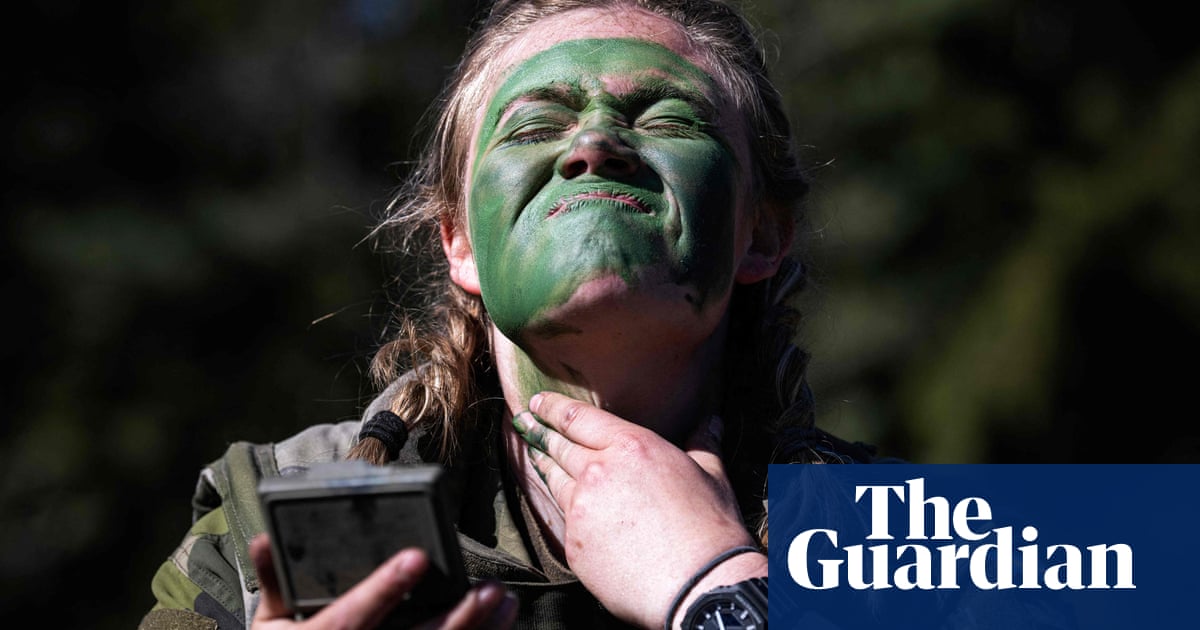On a Wednesday summer evening on the Rosebud Reservation, members of the Siċaŋġu Nation arrange 12 tables to form a U in the parking lot of a South Dakota Boys & Girls Club. The tables at the Siċaŋġu Harvest Market are laden with homemade foods for sale: tortillas, cooked beans, pickles and fresh-squeezed lemonade.
The market is one of many ways the non-profit increases access to traditional and healthful foods that also happen to come with a low climate impact. The Lakota, of which Siċaŋġu is one of seven nations, were traditionally hunters and gatherers, but today, the Siċaŋġu Co non-profit is building on both new and old traditions to fulfill its mission.
The market is one component of the group’s food-sovereignty work, which also includes cultivating mushrooms and caring for a bison herd. Siċaŋġu Co is also working on housing, education and programs that support physical and spiritual wellness. But food came first.
“We started with food because it’s so universal. Not just as a need but as a grounding cultural and family force,” said Michael Prate, who spearheaded the program in its initial stages. “It’s where people come together to build relationships.”
The food inequities that Siċaŋġu Co is working to address can be traced back to the eradication of bison herds by white settlers during the 1800s. For many Lakota, bison are akin to family and play an integral part in both their physical and spiritual lives. Millions of bison used to roam these plains, but when colonizers pushed west, they slaughtered the animals en masse, both to make room for the cattle herds they brought with them, and to disrupt the Lakota way of life and force them on to reservations.
Mushrooms for health and sustenance
At the market, Siċaŋġu Co member Frederick Fast Horse shows off the mushrooms that he has foraged and raised to passersby. According to an important story passed down in Lakota history, the Lakota were once cave dwellers, and mushrooms were key to their survival, Fast Horse says. These critical fungi are more than just calories, as Fast Horse believes mushrooms are part of what helped Lakota stay so healthy for centuries, until the effects of colonization, which shifted the nation’s diet to a heavy reliance on dairy and processed meats. “Every single mushroom actually coincides and targets a specific organ inside of your body,” he said.
In addition to being a skilled mycologist and forager, Fast Horse is the chef at the non-profit’s school, where he is reintroducing culturally significant ingredients to the students. Fast Horse makes breakfast and lunch for about 70 students and staff each day. The typical fare is pretty simple, he says: dishes made of just a handful of ingredients, plus a broth and spices.
In collaboration with school leadership, Fast Horse is developing dietary guidelines that reflect more traditional foods and agricultural practices. This way of eating amounts to “living off of the land” – it means eating “all the foods that are already around us, everything that you grow, and very simplistic methods of preparing food and eating it”, said Fast Horse.
The diet they’re launching at the school isn’t just culturally important; it’s also better for the students’ health, according to Fast Horse, who is critical of the modern, industrialized food system.
A diet that leans more on mushrooms and plants also happens to be more climate-friendly than the typical US diet, in which beef is consumed four times more than the global average. Between 12% and 20% of global emissions comes from meat and dairy farms. While the goal of Siċaŋġu Co isn’t explicitly to eat less meat, it does aim to boost access to traditional foods. This includes both low-emissions plants and mushrooms that are locally harvested, and bison raised on a very small scale, treated as “kin”, in a way that looks nothing like a factory farm.
Native-owned bison are family
Rosebud Reservation is home to the largest Native-owned bison herd, with more than a thousand animals roaming 28,000 acres (11,000 hectares). Bison are ruminants, like cattle, which means they, too, belch methane, but bison offer a variety of ecosystem benefits thanks to the way they live on the land.
While herds of cattle also graze nearby, the differences are stark. Siċaŋġu Nation member Karen Moore, who manages the food-sovereignty initiative and lives on the reservation, describes how grazing cows tend to concentrate together, sometimes feasting on a single type of plant until it’s depleted. Bison are more likely to cover more ground when they graze, eating a variety of plants, which has a gentler impact on the ecosystem.
Last year, two animals from the nation’s herd were donated to the school. With that meat, Fast Horse says, he has been able to replace 75% of the red meat the school would otherwise have procured.
Getting the students to eat more culturally significant foods is not without its challenges, however. If one popular student decides they don’t like a particular dish, then all the other kids follow suit, says Fast Horse. He avoids the problem by trying to make foods more palatable – for example, by grinding mushrooms into small pieces. “They get the flavor, but they don’t see the actual mushroom,” he said.
Another Siċaŋġu Co member, Mayce Low Dog, teaches community cooking classes that instruct participants in how to use traditional ingredients in their dishes.
The work is paying off. “It seems like more people are into trying weirder foods, not necessarily like your tomatoes and cucumbers,” said Moore. “It’s been really, really exciting to see.” Her co-workers raved about her stinging nettle pesto, made from plants she’d foraged.
Harvesting local plants is also a critical part of the group’s work. The nation has “been in crisis for hundreds of years”, said Moore, but harvesting their own food is part of “getting back to being self-reliant”.
On a brisk morning during my visit, Moore and Low Dog invite me to join them to harvest local plants that they’ll dry and turn into herbal teas, both for the farmers’ market and a community-supported agriculture program that subsidizes food shares for some residents. The teas are a way residents can reconnect with traditional foods even if they’re not skilled foragers themselves.
Gravel crunches under the tires as we pull off the main road, and slowly roll along the banks of a pond. Along the way, Moore and Low Dog keep their eyes peeled for useful plants for tea. For both, foraging is a newer skill. As we walk, they consult each other about different plants, making sure they’re selecting the correct ones and that everything is ready for harvest. It’s a skill they’re intentionally learning from each other and their elders.
Moore reaches down to gather some ceyeka, or wild mint, for the teas. She’s sure to leave behind about half of the plant, to ensure the plant continues to grow on the banks so there’s more when they come back again on a later day.
Forging connection and community
Victoria Contreras was introduced to the food-sovereignty initiative as a high school volunteer. Now, two years later, she manages the Siċaŋġu Harvest Market, and has learned to be more intentional about incorporating Indigenous ingredients into her meals. “I’m actively looking for something that I can swap out, or a recipe that I can try,” she said.
In addition to expanding community knowledge of traditional ingredients, the harvest market and other programs have brought community residents together. The market helps create new friendships and revive old connections, says Sharon LaPointe, who helps her daughter, Sadie, with her stand selling flavored lemonades and homemade pickles and bread. It’s a sentiment shared by many of the vendors there that Wednesday.
Michael Prate, who helped get the group off the ground, remembers some nation members weren’t so sure about the group in the early days. “I think people have a skepticism that things are going to go away,” he said, “because that’s the trend,” as many programs that pop up on the reservation tend to be temporary. There are challenges, including growing crops under the harsh weather conditions in South Dakota, conditions that will become even more severe in a changing climate.
The many shifting challenges facing the Siċaŋġu Nation are why food sovereignty is so critical. “They’re here to teach us how to be food sovereign because someday, food is going to get too expensive for our people,” said Brandi Charging Eagle, who is part of the Siċaŋġu non-profit, but also follows its mission in her own home, where she is teaching her children how to grow their own food. “The prices of food are going up, but our wages aren’t.”
The Siċaŋġu Nation’s non-profit will have to stay nimble in order to survive. “There’s always going to be something else that the community is going to be weathering and adapting to,” Prate said. “That’s just reality.”
This story is part of an ongoing series on a just and climate-friendly food system, produced in collaboration with the Guardian, Nexus Media News, Sentient and Yes! magazine, with funding from the Solutions Journalism Network, advisory support from Garrett Broad (Rowan University) and audience engagement through Project Drawdown’s Global Solutions Diary

.png) 4 hours ago
1
4 hours ago
1







